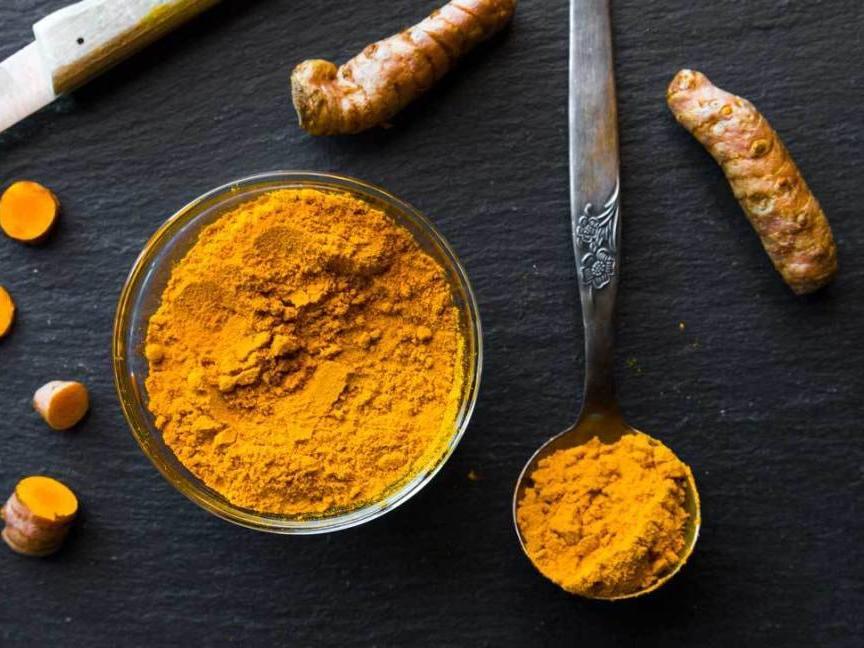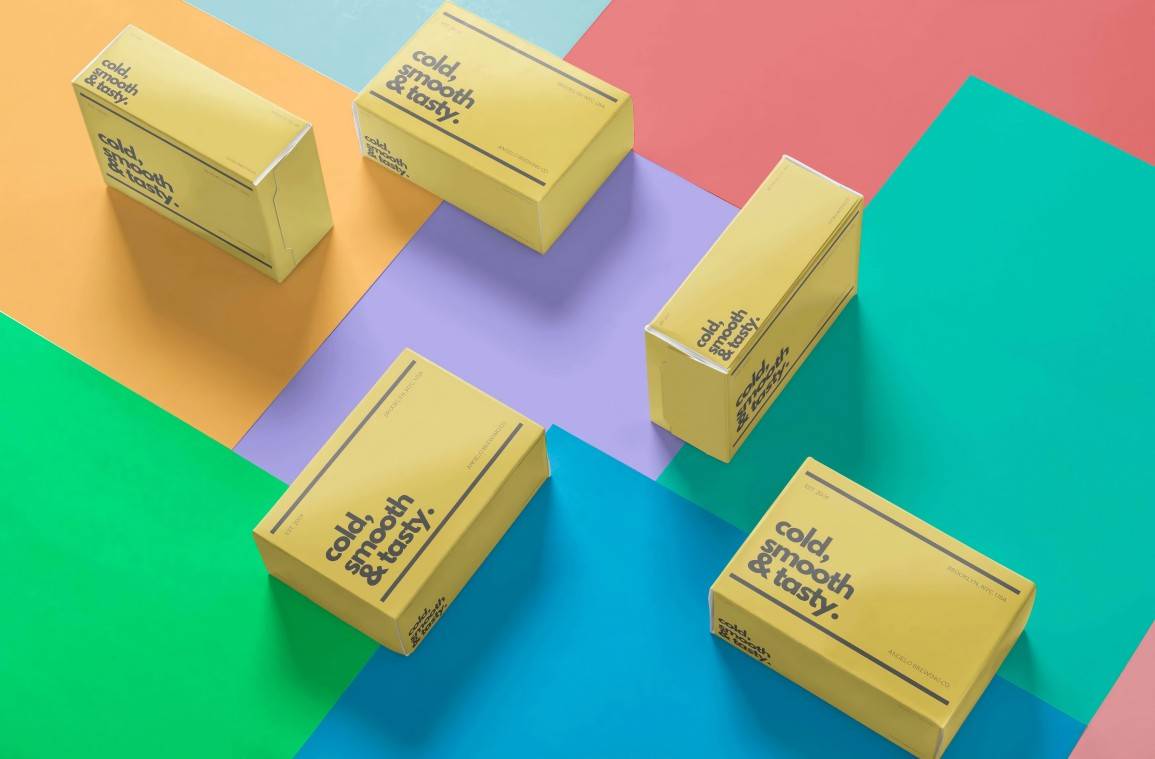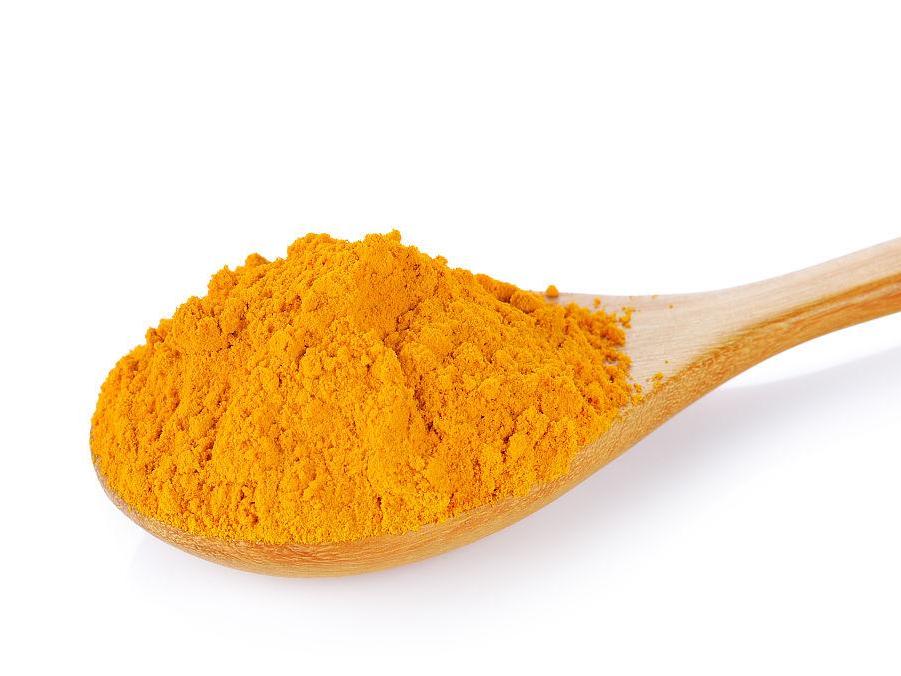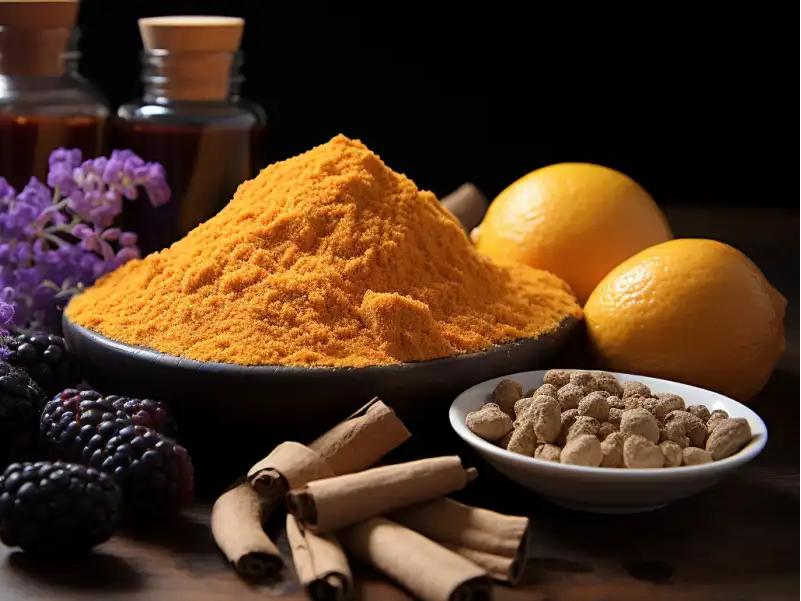What Is Turmeric Good For?
Turmeric belongs to the ginger family and contains a variety of chemical components. The one that has been studied more is curcumin, which is generally considered to be one of the active ingredients in turmeric. The scope of research on it is also becoming increasingly extensive [1]. Curcumin is a polyphenolic compound with a symmetrical molecular structure consisting of a β-diketone heptadiene linked to two o-methylated phenols. Curcumin is mainly derived from traditional Chinese medicinal herbs such as turmeric, galangal and Curcuma aromatica [2]. Traditional Chinese medicine believes that turmeric has the effects of promoting blood circulation and relieving pain, breaking blood stasis and promoting blood circulation. In recent years, it has become a hotspot of medical research because of its various pharmacological activities, such as anti-cancer, anti-inflammatory, and anti-oxidant properties [3]. This article reviews the pharmacological activities and mechanisms of curcumin, with the aim of promoting the development and utilization of curcumin.
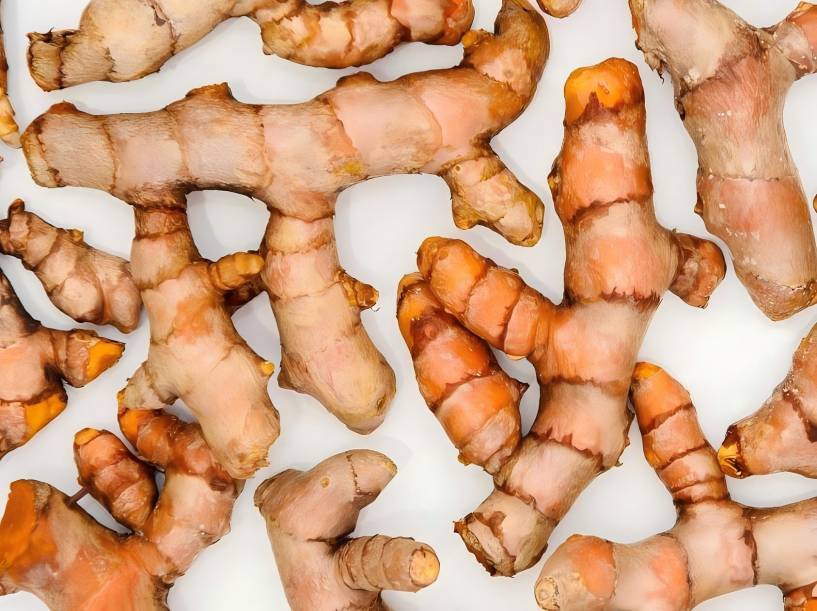
1 Antitumor effect
Studies have shown [4] that curcumin can inhibit the proliferation and spread of tumor cells, enhance the body's sensitivity to cells, and improve the killing effect on tumors. The target sites of curcumin include transcription factors, growth factors, enzymes, and genes.
1. 1 Inhibit tumor cell invasion and metastasis
Studies have found [5] that curcumin, on the one hand, promotes the secretion of tissue inhibitor of metalloproteinase-1 and inhibits the expression of matrix metalloproteinase 2 (MMP-2); on the other hand, it reduces the expression of angiogenesis factors [such as vascular endothelial growth factor (VECF) and basic fibroblast growth factor (bFGF)] in ER-negative breast cancer cells (MDA-MB-231), thereby inhibiting tumor proliferation. Chen Chunru et al. [6] found that curcumin can inhibit the activity of Janus kinases and c-Jun N-terminal kinases, reduce VEGF secretion, and inhibit angiogenesis, thereby inhibiting tumor invasion and metastasis. Xu Wei et al. [7] treated lung cancer cell lines with curcumin at concentrations of 1 to 20 μmol·L-1 and found that it could dose-dependently inhibit lung cancer cell migration. Wu Qiuling et al. [8] found that low concentrations of curcumin can significantly inhibit the expression of β1-integrin, thereby inhibiting the invasion and metastasis of lymphoma.
1. 2 Inhibit tumor cell proliferation and differentiation
Curcumin can inhibit tumor cell proliferation and differentiation by inhibiting the expression of proteins such as tumor necrosis factor (TNF), cyclooxygenase 2 (COX-2), and MMP-9, thereby inhibiting tumor growth. Cui Jiandong et al. [9] used flow cytometry to detect human lung cancer cell proliferation and apoptosis, and found that curcumin can block the cell cycle at the G2/M phase. Zhang Changlin et al. [10] used an acute promyelocytic leukemia (ATRA) sensitive acute promyelocytic leukemia cell line (NB4) as the research object. It was found through an MTT experiment that curcumin can inhibit the proliferation of NB4 cells; further experimental results showed that although curcumin cannot induce NB4 cell differentiation, but a low dose can enhance the ability of ATRA to induce NB4 differentiation. The mechanism by which curcumin inhibits tumor cell proliferation and differentiation may be: (1) inhibiting the expression of cell cycle proteins to block the cell cycle; (2) regulating the signal transduction of the TGF-β/Smads pathway by affecting the expression of downstream cell proteins Smad2, Smad4 and Smad7.
1.3 Promoting apoptosis of cancer cells
Curcumin promotes apoptosis of tumor cells mainly through the following three aspects [11]: (1) The activation of caspase-8 leads to the further release of cytochrome C from mitochondria, which activates and activates caspase-9 and caspase-3, induces the activity of polyadenosine diphosphate (ADP) ribose polymerase and apoptosis of tumor cells; (2) Curcumin can also reduce the expression of certain oncogenic transcription factors, such as nuclear transcription factor-κB (NF-κB), etc.; (3) Curcumin can regulate the physiological state of most tumor cells, affect angiogenesis and matrix metalloproteinase activity, and inhibit the expression of chemoresistance factors, adhesion molecules and COX-2. Sun Zhaoying et al. [12] combined curcumin with sirolimus to treat castration-resistant prostate cancer. The results showed that curcumin combined with sirolimus can promote apoptosis, upregulate the expression of the inflammatory factor LC3-II/LC3-I, induce the cleavage of DNA repair enzymes, and also downregulates the expression levels of p-AKT and cyclin D1. The cell morphology becomes shorter and vacuolar changes appear in the cytoplasm. The use of sirolimus alone is not effective in inhibiting the expression of p-AKT in prostate cancer cells. The reason may be the feedback regulation mediated by insulin receptor substrate 1.
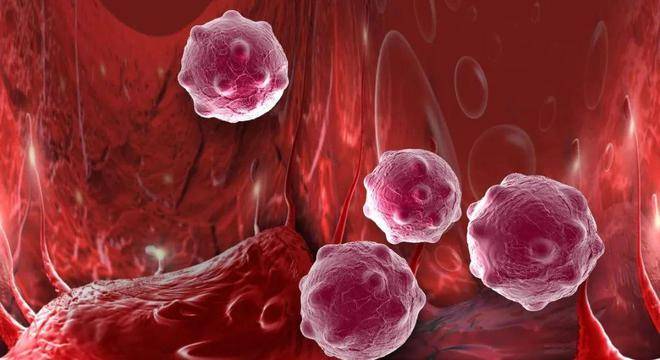
1.4 Enhancing the chemosensitivity of tumor cells
Chemotherapy is one of the most commonly used methods for treating tumors, but its biggest obstacle is drug resistance, which is related to NF-κB and the inhibition of apoptosis. Curcumin can significantly inhibit the activation of NF-κB induced by anticancer drugs, reduce the overexpression of P-glycoprotein and the anti-apoptotic gene (Survivin), and reduce the activity of MMP in the invasion of tumors [13]. Zou et al. [14] investigated the effect of curcumin on the sensitivity of breast cancer cells to cisplatin treatment and its possible mechanism. The results showed that curcumin can enhance the sensitivity of breast cancer cells to cisplatin, and the mechanism is related to the downregulation of the expression of the cellular flap endonuclease (FEN1). YE et al. [15] showed that When cisplatin was combined with curcumin to treat human mammary gland cancer epithelial cells (MCF7), the expression of FEN1 was significantly down-regulated, indicating that cisplatin combined with curcumin can promote apoptosis of breast cancer MCF7 cells by down-regulating the expression of FEN1 protein.
2 Anti-inflammatory effects and mechanisms
When the body is in an inflammatory state, curcumin can inhibit the inflammatory response-promoting enzyme, reduce the activity of reactive oxygen species, inhibit the activity of macrophages and the expression of protein kinases. The following will be discussed in the following two aspects.
2.1 Treatment of rheumatoid arthritis
Rheumatoid arthritis is a systemic inflammatory disease with a prevalence of 0.8% in adults. The primary treatment options are to reduce pain, prevent joint damage and prevent complications. Early studies have shown that the chemical components of turmeric can relieve pain and reduce the discomfort of patients. The mechanism of action is that curcumin inhibits the transmission of signal pathways in cartilage cells (such as the MAPKs, AP-1 and NF-κB pathways), reduces the release of inflammatory cytokines, and reduces the activity of MMPs, thereby reducing pain and discomfort in patients. On the other hand, it protects articular cartilage cells from damage by stimulating the expression of interleukin-1β (IL-1β), inhibiting the expression of type II collagen and β1-integrin and the activation of caspase-3 [16].
In vitro experiments have shown [17] that curcumin inhibits the production of PGE2 by inhibiting the Akt/NF-κB signaling pathway and the expression of COX-2 in human lung epithelial cells, thereby inhibiting the inflammatory response. Curcumin has a significant therapeutic and protective effect on the inflammatory damage of human body tissues. The mechanism may be that curcumin reduces the inflammatory response in target organs by inhibiting the activity of neutrophils [18].
2. 2 Endotoxin-induced acute lung injury
Li Xingwang et al. [19] studied the acute lung injury induced by endotoxin (LPS) in rats, and then injected curcumin into the abdominal cavity to determine the myeloperoxidase (MPO) activity in the bronchoalveolar lavage fluid (BALF), the neutrophil (PMN) count and the wet-to-dry weight ratio of the lung tissue of the rats. The results showed that after curcumin injection, the indicators of MPO, PMN count and wet-to-dry weight ratio in the lung tissue of rats were all reduced [20]. Gu Zhilong [20] found that curcumin can protect mice from acute lung injury by activating the MyD88-NFκB signaling pathway through LPS-TLR4. Chen Yongfeng et al. [21] found that compared with the normal control group, the alveolar oxygen partial pressure and oxygenation index in the curcumin group were significantly lower, and the expression levels of MMP-2, MMP-9, IL-6 and TNF-α were significantly higher. This indicates that curcumin can effectively reduce acute lung injury induced by LPS. The mechanism may be related to down-regulating the expression of MMP-2 and MMP-9 proteins, thereby reducing the aggregation and activation of neutrophils in lung tissue and ultimately significantly reducing the inflammatory response in lung tissue.
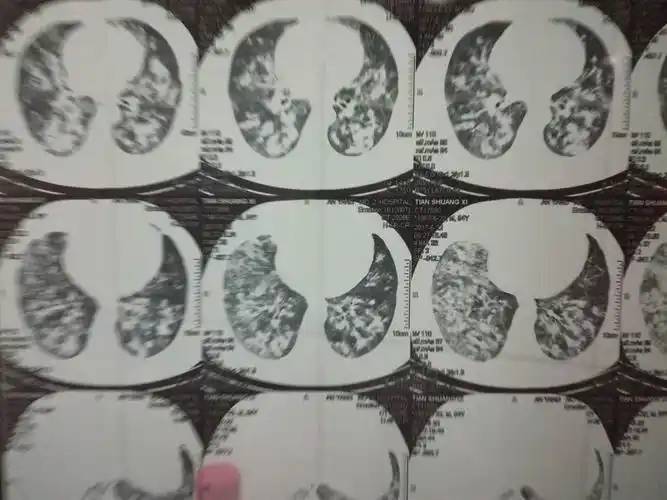
3 Antioxidant effect
Curcumin, as an antioxidant, can inhibit metal ion-mediated lipid peroxidation, reduce low-density lipoprotein, and protect intracellular DNA from lipid peroxidation damage [22]. Zheng Fang et al. [23] found that low, medium, and high doses of curcumin (10, 20, and 40 mg·kg-1) can significantly reduce the levels of malondialdehyde (MDA), lactate dehydrogenase (LDH), aspartate aminotransferase (AST), lactate dehydrogenase isoenzyme (LDH1), and increased superoxide dismutase (SOD) activity. This indicates that curcumin has a protective effect against oxidative stress damage caused by myocardial ischemia and reperfusion in rats during the circulation period in vitro. Ou Hailong et al. [24] found that the mechanism of curcumin's antioxidant effect may be: ① reducing the expression of aging-related genes dINR, BD2, GstD1, and Hsp68, among which it has a strong inhibitory effect on the expression of dINR, BD2, and GstD1; ② reducing malondialdehyde levels and scavenging free radicals.
4 Other pharmacological effects
4. 1 Antiviral effect
Liu Ni et al. [25] showed that curcumin can inhibit virus replication and kill viruses. The curcumin extract inhibited influenza viruses H1N1 and H3N2 in vitro, and the effective inhibitory concentration of curcumin against influenza A H1N1 virus was found to be 6.25 g·L-1, and 1.56 g·L-1 for influenza A H3N2. The mechanism of action may be: (1) curcumin inhibits the function of the virus envelope, reducing the adsorption and penetration of the virus into body cells, and inhibiting the virus inside the body and the virus that has already adsorbed on the cell surface and inside the cell; (2) curcumin can activate channels such as P53 (tumor suppressor gene) in the body, enhance the body's immune function, and prevent virus replication. In recent years, studies have found [26] that curcumin has a certain antiviral effect on the AIDS virus, and experimental treatment has begun in the clinic. Lu Yali et al. [27] found that a curcumin solution of more than 0.1 g·mL-1 can effectively inhibit the proliferation of the ADl69 (human cytomegalovirus) strain.
4.2 Neuroprotective effect
Xu Fang et al. [28] showed that curcumin treatment can reduce neurological damage, decrease the water content and Evans blue content of brain tissue, and reduce the expression level of MMP-9. A study by Dang Huizi et al. [29] showed that curcumin can restore the reduced AKT and p-AKT cells in the hippocampal CA1 region of APP/PS1 double transgenic mice, a model of Alzheimer's disease (AD). This suggests that curcumin may exert an anti-AD effect by regulating AKT and its phosphorylation process, which further regulates the insulin signaling pathway of the PI3K/AKT pathway. Curcumin treatment can reduce the mRNA and protein expression of COX-2 and 5-lipoxygenase (5-LOX) in hippocampal neurons of pilocarpine-induced epileptic rats, which may reduce brain damage caused by epileptic seizures and exert neuroprotective effects by affecting the expression of COX-2 and 5-LOX in the arachidonic acid metabolic pathway [30].
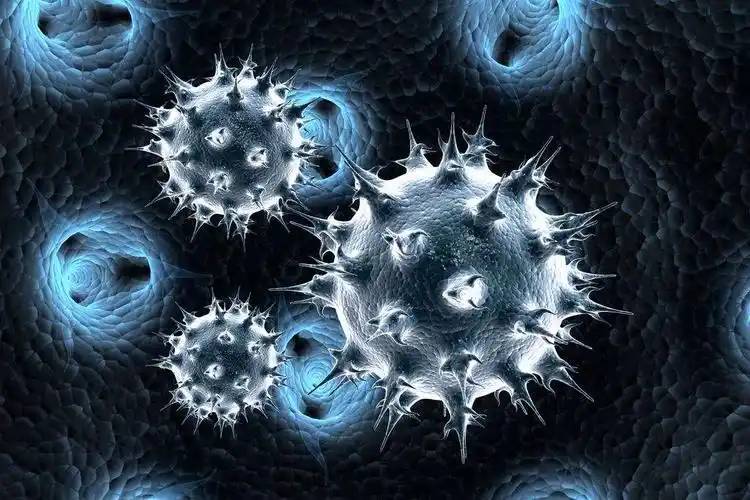
4. 3 Anti-fibrosis effect
Shen Neng et al. [31] found that Curc-OEG can improve liver function and reduce liver fibrosis indicators, reduce the content of Hpy and the degree of liver fibrosis, and inhibit the expression of TGF-β1 and α-SMA. Zhao Zhen-dong et al. [32] used dimethylnitrosamine (DMN) to induce a rat liver fibrosis model, and found that curcumin and ginger combined can reduce liver cell necrosis, inhibit fibrous tissue proliferation, improve liver tissue structure, and inhibit the expression of α-SMA in the liver, indicating that curcumin has a good anti-liver fibrosis effect.
5 Discussion
Turmeric belongs to the ginger family and is one of the most commonly used traditional Chinese medicines. In recent years, research has found that curcumin in turmeric has a variety of pharmacological activities. Traditional Chinese medicine believes that curcumin can relieve pain, regulate qi and promote blood circulation, and has a very good therapeutic effect on bruises and swelling. After years of in vitro and in vivo research, it has been found that curcumin has significant preventive and therapeutic effects on cancer, liver fibrosis, atherosclerosis and other diseases in cells and animal models. The mechanism of its disease-treating effect is mainly to activate the Caspase-8 protein, cause mitochondria to release cytochrome C, and induce apoptosis of tumor cells; at the same time, it regulates the physiological state of tumor cells and inhibits tumor angiogenesis by suppressing NF-κB expression.
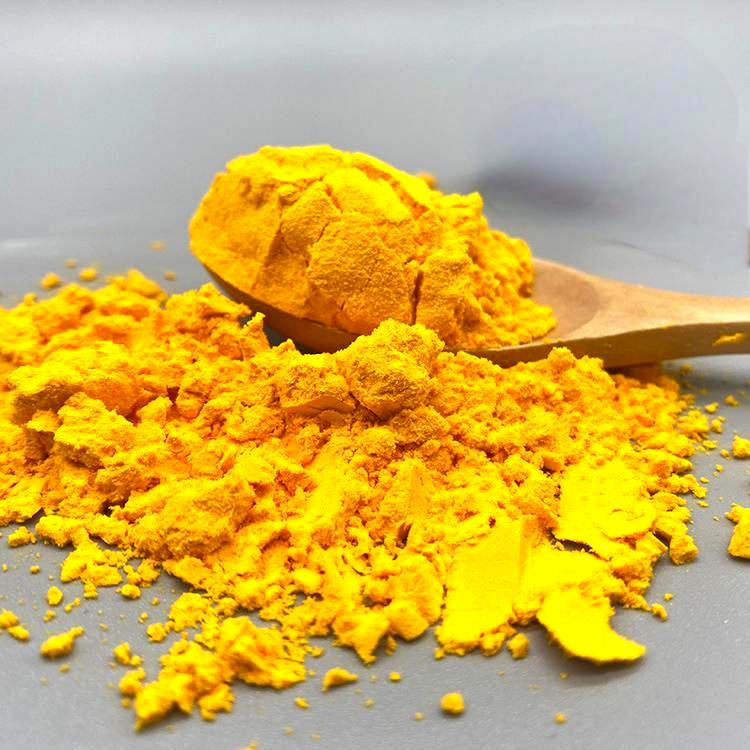
In addition, curcumin can also inhibit the expression of MAPKs, aging-related genes, and human type II collagen in chondrocytes to exert anti-inflammatory and antioxidant effects. Therefore, curcumin has good development prospects and clinical application value in the future for the treatment of anti-tumor, anti-inflammatory and other diseases. In addition, research has also found that similar compounds modified by curcumin also have a variety of effects and functions, and they have gradually become a hotspot in new drug research. Curcumin-like compounds have great development potential. A review of the many research results that have been published reveals the pharmacological activities and mechanisms of action of curcumin's chemical constituents, which can further increase its market development efforts and provide more theoretical basis for the treatment of diseases.
Reference:
[1 ] ANAND P ,KUNNUMAKKARA A B ,NEWMAN R A ,et al. Bioavailability of curcumin : problems and promises [J]. Mol Pharm,2007,4(6) : 807-818 .
[2] Wang B, Gao X, Zhang W, et al. New developments in research on new dosage forms and derivatives of curcumin for anti-tumor effects [J]. Chinese Medicine and Technology, 2015, 22 (2): 232-235.
[3] ZHOU H,BEEVERS C S,HUANG S.Targets of curcumin [J]. Curr Drug Targets,2011,12(3) : 332-347 .
[4 ] MOHANTY C ,DAS M ,SAHOO S K. Emerging role of nano- carriers to increase the solubility and bioavailability of Curcumin [J].Expert Opin Drug Saf,2012,9( 11) : 1347 -1364 .
[5] Chen Qian, Chen Lijuan, Dang Yuanyuan, et al. Curcumin inhibits invasion and metastasis of human endometrial cancer HEC-1-B cells by blocking the MAPK/ERK pathway [J]. Journal of Shanxi Medical University, 2015, 46(8): 762-768.
[6 ] Chen Chunru, Guo Huijuan, Ou Guokun, et al. Effects of curcumin on hippocampal neuronal apoptosis and the expression of c-Jun amino-terminal kinase 3 and postsynaptic density protein 95 during cerebral ischemia-reperfusion in spontaneously hypertensive rats[J]. Chinese Journal of Anesthesiology, 2011, 31 (2) :230-233 .
[7] Xu Wei, Chen Qingyong, Chen Fangyuan, et al. The role of LIMK-1/cofilin in curcumin inhibiting the proliferation and metastasis of human lung cancer cells [J]. Practical Oncology, 2014, 29(1): 36-40.
[8] Wu Qiuling, Chen Yan, Zhang Chun, et al. Curcumin regulates the adhesion and invasion of Raji cells [J]. Chinese Medical Doctor, 2006, 8 (12): 1611-1613.
[9] Cui Jiandong, Hu Yide. In vitro study of the inhibitory effect of curcumin in combination with cisplatin on the proliferation of human lung adenocarcinoma A549 cells [J]. Sichuan Medical Journal, 2006, 27 (1): 1-3.
[10] Zhang Changlin, Kong Yunyuan, Wan Lagen. Apoptosis of NB4-R1 cells induced by curcumin and its mechanism [J]. Chinese Journal of Experimental Hematology, 2010, 18 (2): 340-343.
[11] Zhao Yifeng, Wei Yulei, Wang Ping, et al. Research on the mechanism of curcumin inhibiting Wnt/β-catenin signaling pathway to induce apoptosis in breast cancer cells [J]. Journal of Modern Integrative Medicine, 2016, 25 (29): 3202-3204.
[12] Sun Zhaoying, Niu Jianzhao. Study on the induction of autophagy and apoptosis in Pten-CaP8 cells by curcumin combined with rapamycin in castration-resistant prostate cancer [J]. Chinese Herbal Medicine, 2012, 43 (3): 520-523.
[13] ANAND P,SUNG B,KUNNUMAKKARA A B,et al.Suppression of pro inflammatory and proliferative pathways by diferuloylme- thane(curcumin) and its analogues dibenzoylmethane ,dibenzoyl- propane,and dibenzylideneacetone : role of michael acceptors and michael donors [J].Biochem Pharmacol,2011,82 ( 12) : 1901 - 1909.
[14] Zou J, Chen B, Li Q, et al. Effect of curcumin on the sensitivity of breast cancer cells to cisplatin [J]. Journal of the Third Military Medical University, 2016, 38 (16): 1809-1814.
[15] YE M X,ZHAO Y L,LI Y,et al.Curcumin reversescisplatin re- sistance and promotes human lung adenocarcinoma A549 / DDP cell apoptosis through HIF-1 alpha and Caspase-3 mechanisms [J]. Phytomedicine,2012,19(9) :779-787 .
[16] Zhao Yun, Han Xiumin, Zhao Ming, et al. Curcumin inhibits NRLP-3 expression to counteract tumor necrosis factor α-induced inflammation in human vascular endothelial cells [J]. Chinese Journal of Tissue Engineering Research, 2014, 18 (38): 6165-6171.
[17] MORIYUKI K,SEKIGUCHI F,MATSUBARA K,et al.Curcumin inhibits the proteinase -activated receptor -2 -triggered prosta- glandin E2 production by suppressing cyclooxygenase-2 upregula- tion and akt-dependent activation of nuclear factor - κB in human lung epithelial cells [J].J Pharmacol Sci,2010,114 (2) : 225 - 229.
[18] Tu Yanhua, Sun Linna. Progress in experimental studies on the relationship between curcumin and rheumatoid arthritis [J]. Chinese Journal of Experimental Pharmacology, 2012, 18 (19): 310-314.
[19] Li Xingwang, Shang You, Jin Shengwei, et al. The effect of curcumin premedication on endotoxin-induced acute lung injury in rats [J]. Chinese Journal of Anesthesiology, 2007, 27 (5): 455-458.
[20] Gu Zhilong, Jiang Huamao, Hu Zhansheng. Protective effect of curcumin on acute lung injury induced by endotoxin in mice [J]. Shandong Medicine, 2015, 55 (22): 5-8.
[21] Chen Yongfeng, Zhou Xiangdong, Yang Heping. Protective effect and mechanism of curcumin on acute lung injury induced by endotoxin [J]. Journal of the Third Military Medical University, 2014, 36 (14): 1492-1495.
[22] BORRA S K,MAHENDRA J,GURUMURTHY P,et al.Effect of curcumin against oxidation of biomolecules by hydroxyl radicals [J].J Clin Diagn Res,2014,8 ( 10) : 1-5 .
[23] Zheng Fang, Gong Hongyan, Qin Yuanxu, et al. Protective and antioxidant effects of curcumin pretreatment on myocardial ischemia-reperfusion injury in rats with cardiopulmonary bypass [J]. Chinese Journal of Experimental Traditional Medicine, 2012, 18 (5): 148-151.
[24] Ou Hailong, Zhang Qinghai. The effect of curcumin on the antioxidant capacity and aging of Drosophila [J]. Journal of Yunnan Agricultural University, 2015, 30(4): 594-598.
[25] Liu Ni, Meng Yirong, Zhang Junli, et al. Experimental study on the in vitro anti-influenza virus H1N1 and H3N2 of curcumin [J]. Zhejiang Journal of Integrated Traditional Chinese and Western Medicine, 2008, 18 (9): 534-535.
[26] Xia Chenglai, Luo Hongbin, Yan Pengke, et al. The effect of curcumin on the expression of TNF-α in CD4+ T cells from HIV-1 patients [J]. Chinese Materia Medica, 2011, 34 (8): 1318-1320.
[27] Lv Yali, Lan Yuanyuan, Wang Dan, et al. Study on the in vitro anti-human cytomegalovirus activity of curcumin [J]. Chinese Medicine New Drugs and Clinical Pharmacology, 2012, 23 (5): 531-533.
[28] Xu Fang, Wei Guirong. Neuroprotective effect of curcumin on rats with cerebral ischemia-reperfusion model and its mechanism [J]. Journal of Microcirculation, 2011, 21 (3): 17-18.
[29] Dang Huizi, Li Ruisheng, Wang Hong, et al. Effects of curcumin on the expression of AKT and p-AKT in the CA1 region of the hippocampus of APP/PS1 double transgenic mice [J]. Chinese Journal of Traditional Chinese Medicine, 2013, 38 (19): 3327-3327.
[30] Lin Qing, Niu Xiangyu, Jin Guofei, et al. Effects of curcumin on COX-2 and 5-LOX expression in the hippocampus of rats with pilocarpine-induced epilepsy [J]. Chinese Journal of Traditional Chinese Medicine, 2015, 33 (9): 2224-2227.
[31] Shen N, Deng YH, Ling N, et al. Anti-fibrotic effect of curcumin derivatives and their mechanisms in rats [J]. Chinese Journal of Clinical Pharmacology, 2012, 28 (5) : 358-360 .
[32] Zhao Zhen-dong, Huang Zhao-sheng. Experimental study on the anti-hepatic fibrosis effect of curcumin, curcumin and rhubarb combined [J].


 English
English French
French Spanish
Spanish Russian
Russian Korean
Korean Japanese
Japanese